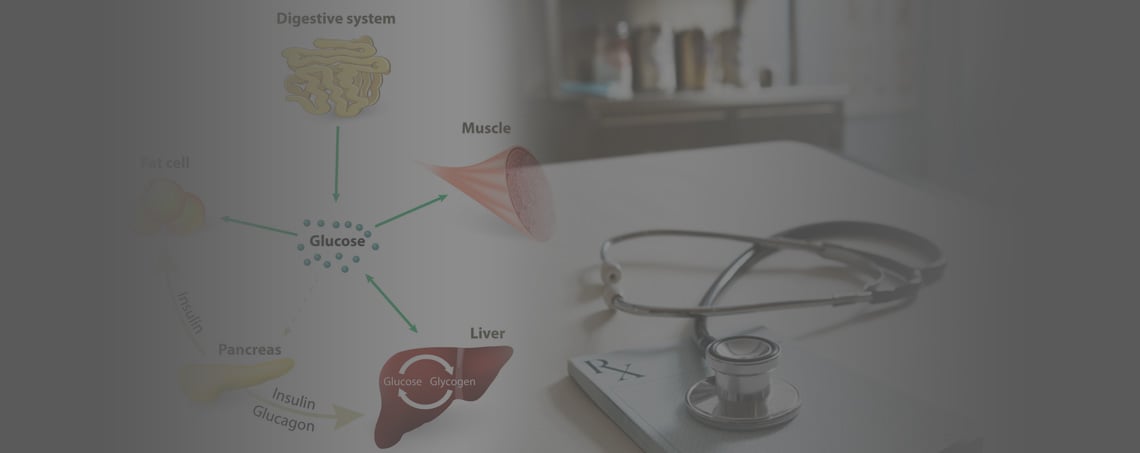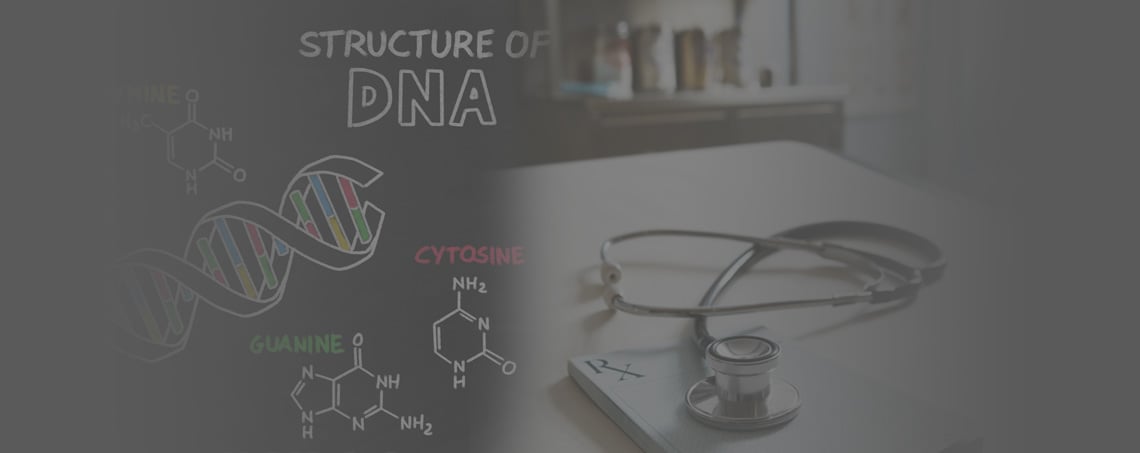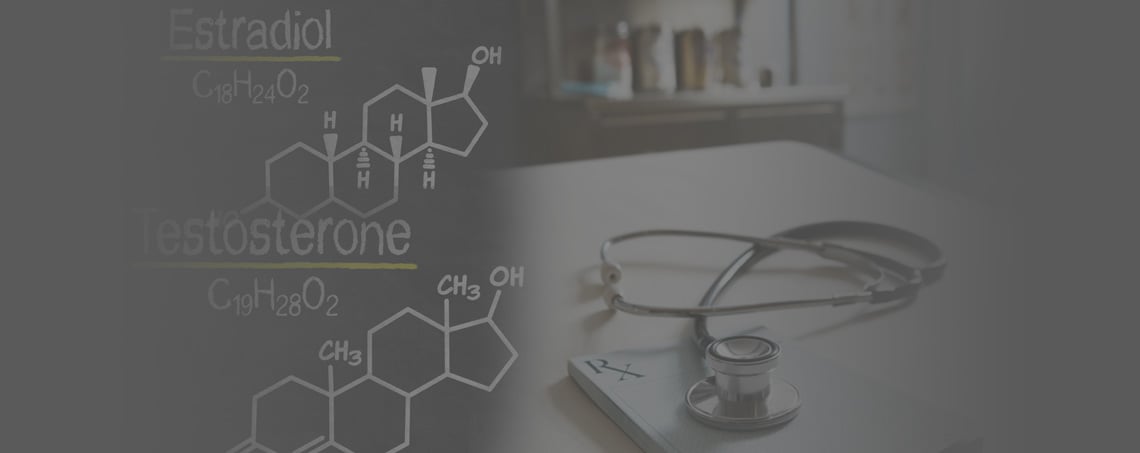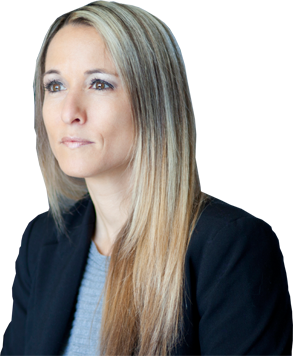Hair Loss in Females After 50: Causes, Prevention, and Treatment
Are you a female in your fifties and experiencing hair loss? It could have started abruptly, or been a gradual process. In this video, we'll look at tips to prevent female hair loss after age 50 and how to reverse it if it's already started. We'll examine the causes and solutions of hair loss in females after 50.
Causes Of Hair Loss in Females After 50
Around age 50 is when menopause typically begins for most women. So menopause is an important factor to consider when looking at hair loss in this age group. Hair Loss in Females After 50 seems to be linked to a decline in estradiol. This decline leads to a corresponding decrease in Sex Hormone Binding Globulin, also known as SHBG. This SHBG protein carries around many hormones, including estrogen, as well as other hormones like testosterone, DHT, and other androgens. These hormones are very important in the process of female hair loss, especially in those over the age of 50.
Both testosterone and DHT are androgens and they cause the hair follicles to miniaturize and deteriorate. With this miniaturization there is a corresponding reduction in the diameter of the hairs that come out of the hair follicle, how long it gets and it's overall activity. So with this, essentially, there are fewer hairs, hairs that grow less often, and hairs that are shorter. There is a similar process that happens in males. This is referred to as androgenic alopecia. The difference between males and females in this androgenic alopecia is that in males, it starts at a much earlier age.
This is because males have much higher testosterone relative to their estrogen, the vast majority of their life. So if you're a female in your fifties starting menopause (or even further along in your sixties) losing your hair, this process of androgenic alopecia is probably taking place. It's because a relatively higher amount of testosterone and relatively lower estrogen and corresponding lower SHBG are present.
Prevention Of Hair Loss in Females After 50
So one of the main tips is to raise the SHBG. Now, SHGB basically binds up the testosterone and stops it from binding to the androgen receptor on the hair follicle. This helps to prevent hair loss over time.

Raising sex hormone binding globulin is relatively easy to do by just taking estrogen replacement therapy, or some hormone replacement therapy that has estrogen in it. There are other ways to raise sex hormone binding globulin other than hormonal replacement therapy (see below). Hormone replacement therapy and estrogen replacement therapy are just the most straightforward way to do it. This way is definitely predictable and you will get a nice raise in your SHBG.
This hair loss is typically going to start happening six to 12 months after this process (noted above) is happening. It's not going to kick in a month after you start menopause. However as the estrogen levels decline, the androgenic effect (caused by testosterone) will increase, and over time, six or 12 months down the road. This is when the hair miniaturization starts to happen. It will look normal in the beginning of menopause and at some point, the hair loss will suddenly fall off a cliff. With this it will seems like it's a sudden hair loss, but it's actually happening more gradually.
So it takes many, many months of this ongoing, effect of the androgens on the hair follicles to start to miniaturize it. That's why raising SHBG works to buffer and stabilize some of the effect of those higher androgens. So what do you do if you don't want to take estrogen or hormone replacement therapy?
Treatment Of Hair Loss in Females After 50
Phytoestrogens will also raise sex hormone binding globulin as well.
Phytoestrogens are basically plant-based estrogens. They will stimulate the liver, increase production of this sex hormone binding globulin (shgb). This will help to stabilize things. Most of these phytoestrogens come from soybeans and soy products. They are collectively known as soy isoflavones. One particularly potent soy isoflavone that will stimulate sexual binding production is called Genistin.
Here is a link to one that we use and trust genistin (affiliate link).
Of course, decreased sex hormone binding globulin and estrogen are not the only reasons women over 50 lose their hair. We will have several more article on this topic coming soon.
















